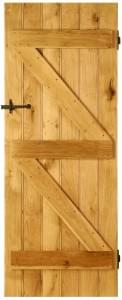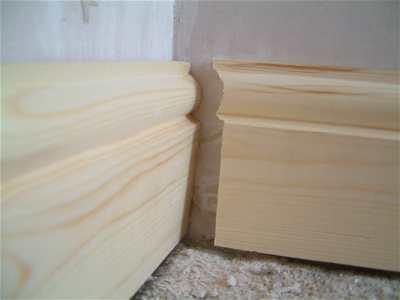We’re giving you the chance to win some great prizes simply by sending in photographs of your doors. They can be external or internal doors but they need to be in a setting rather than standing alone in or out of a box! Ideally they would feature oak doors that you have purchased from us, or perhaps some door furniture? It's really up to you.
1st Prize: £450 voucher to spend on our UK Oak Doors site.
2nd Prize: £250 voucher to spend on the site.
3rd Prize: £150 voucher to spend on the site.
Plus we are also offering an extra bonus prize of a digital camera for the most inventive picture with the biggest 'wow' factor!
As well as a wide variety of internal and external doors, UK Oak Doors also sell ironmongery, architrave, skirting boards, designer handles and more.
The lucky winners will receive voucher codes which they can use for any goods on the site.
To enter the competition simply email us with your door pictures and send along with your name, address and telephone number to competitions@ukoakdoors.co.uk.
You have until midnight on the 7th of December to enter. The winners will be notified by email within 48 hours of closing.
As a guide, photos should be high quality and no more than 10MB. Make sure the doors are in situ and best of luck!
Terms and Conditions:
The first prize is a £450 voucher, the second prize is a £250 voucher and the third prize is a £150 voucher to spend at www.ukoakdoors.co.uk. Any spend exceeding these amounts must be covered by the winners. All prizes are non transferable and there are no cash alternatives.
No purchase is necessary to enter the competition.
Entrants must send their picture(s) along with their name, address and telephone number to competitions@ukoakdoors.co.uk. Failure to do both will result in exclusion from the draw.
You must be a resident of the United Kingdom in order to be eligible for the competition.
Entrants can submit up to four photos but only one photo by any individual entrant can be included in the final shortlist.
Images may be digitally enhanced to remove spots or scratches, but not manipulated. Entrants can enhance the picture to make it brighter, clearer etc, but not manipulate the content. UK Oak Doors and the judges reserve the right to exclude any image they believe may have been excessively treated so as to alter its authenticity.
Employees of UK Oak Doors, their immediate families, press, agencies, sponsors and commercial partners or any other persons directly or indirectly connected with the competition are not eligible to enter the competition.
The winners will be chosen from all valid entries. Images will be judged on originality, composition, overall impact and artistic merit.
The winners will be notified by email within 48 hours of the competition closing.
The winners will then have seven days to respond. If the winner does not respond within seven days of receiving the winning email, another winner will be drawn.
The winners will then have 6 months in which to redeem the offer.
The order to redeem the prize must be placed over the telephone and confirmed by email.
The Judges decision is final and no correspondence will be entered into.
The competition will run from 09/11/2011 until 07/12/2011.
All images submitted must be the work of the individual submitting them and must not have been published elsewhere or have won a prize in any other photographic competition. It is the responsibility of each entrant to ensure that any images they submit have been taken with the permission of the subject and do not infringe the copyright of any third party or any laws. Entrants must warrant that the photograph they are submitting is their own work and that they own the copyright for it.
Copyright in all images submitted for this competition remains with the respective entrants. However, in consideration of their providing the Competition, each entrant grants a worldwide, irrevocable, perpetual licence to UK Oak Doors to feature any or all of the submitted images in any of their publications, their websites and/or in any promotional material connected to this competition.
UK Oak Doors are compliant with the data protection act. Our policy is such that we will not pass on your details to any third party without your prior consent.
Entry and participation in the competition shall be deemed an unconditional acceptance by you of these Terms.

















